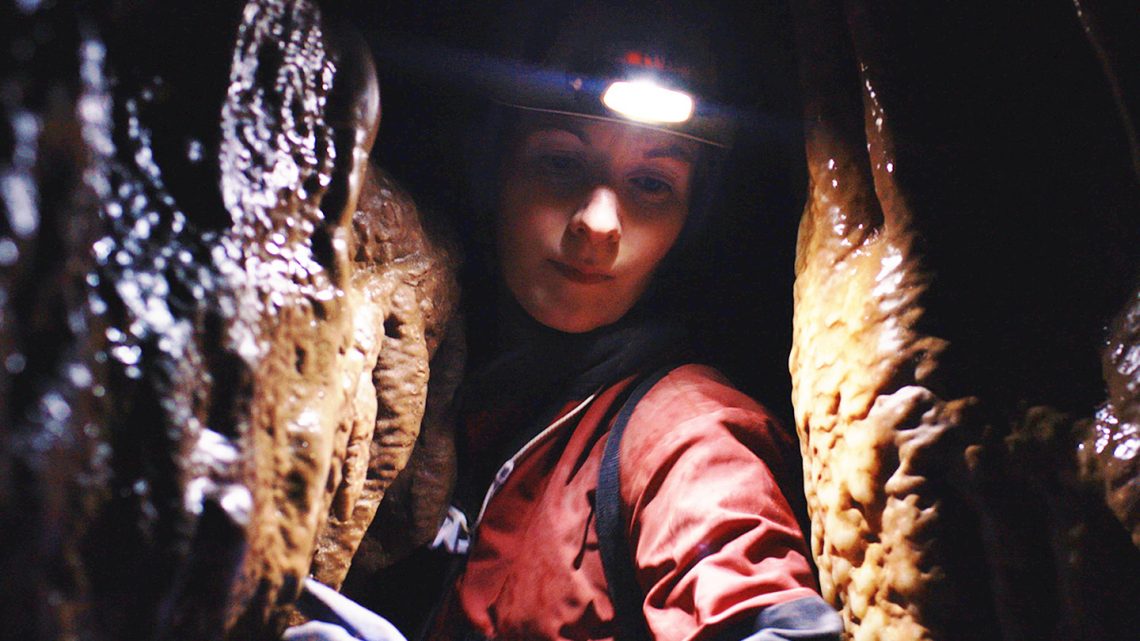
The Scientist Hunting for Cave Crystals to Understand Climate Change
December 7, 2019FAIRY CAVE QUARRY, U.K. — Shatter Cave’s entrance forces visitors to bow down to its geological wonders — or at least forces cavers to crawl through a concrete tunnel on their hands and knees. Once inside, where the walls sparkle and giant bacon strips of minerals hang overhead, it’s clear why novice cavers usually aren’t allowed in Shatter Cave: Not only is everything eerily beautiful here, it’s also very, very old.
Shatter’s tight squeezes are no match for Gina Moseley, a paleoclimatologist at Austria’s University of Innsbruck who’s been caving since she was 12. Moseley studies caves precisely because of their age: Like ice cores, sediment cores, or tree rings, caves offer scientists a record of how the climate has changed in the past. The world’s cave climate record goes back about 600,000 years.
But when she visited Shatter Cave in the southwest U.K., Moseley was on the hunt for a relatively young relic of climate change: tiny crystals from the last Ice Age that formed when permafrost melted.
Permafrost is long-frozen ground that covers 24% of land in the Northern Hemisphere today. Scientists estimate permafrost contains twice the amount of carbon that’s currently in the atmosphere. As climate change rapidly thaws the permafrost, the carbon it releases will become a major contributor to global warming. That will create a feedback loop of melting causing warming — causing even more melting.
Scientists don’t know exactly when this will happen. In fact, a major goal of climate research is to understand how quickly the climate has changed in the past in order to predict how quickly it will change in the future.
That’s why Moseley was looking for the crystals in Shatter Cave: She can use radioactive dating to determine just how old they are. That tells her how permafrost responded to changes in the climate thousands of years ago, which offers clues about how permafrost will respond to climate change in the near future.
Based on other crystals she’s studied, Moseley expected her tests to show that the crystals in Shatter Cave are about 30,000 years old.


